Shanghai University of Traditional Chinese Medicine was founded in 1956. It is one of the first Chinese medicine colleges and universities established after the founding of New China. It is a Chinese medicine college jointly built by the Ministry of Education and the local government, and it is also a high-level university that Shanghai focuses on. The school is located in the scientific research and education zone of Zhangjiang Science City, Pudong New Area, covering an area of more than 500 acres, with complete teaching facilities and beautiful environment. As a university located in the core area of Zhangjiang Science City, it takes the initiative to connect with national strategies and serve the construction of a science and technology innovation center with global influence as its mission, and takes the responsibility of deepening the reform of higher education in Chinese medicine, promoting independent innovation in Chinese medicine, and leading the development of Chinese medicine by utilizing its existing disciplines and comprehensive advantages. The school has more than 1,300 faculty and staff, including 5 academicians of the two academies, 5 national medical masters, 3 national famous Chinese medicine doctors, 97 Shanghai famous Chinese medicine doctors, and more than 700 senior experts and professors, who have trained and delivered Chinese medicine professionals of all levels and types for the country. There are nearly 8,000 full-time students, and alumni are spread across more than 70 countries and regions. The school is a "talent training model innovation experimental zone" and "characteristic professional point" construction university of the Ministry of Education. It has three first-level disciplines of Chinese medicine, Chinese medicine, and integrated Chinese and Western medicine, and one professional degree category (field) doctoral degree authorization point in Chinese medicine, seven first-level disciplines of Chinese medicine, Chinese medicine, integrated Chinese and Western medicine, history of science and technology, medical technology, Marxist theory, and nursing, three second-level disciplines of pharmacy, pharmacognosy, and pharmacology, and six professional degree categories (fields) of Chinese medicine, Chinese medicine, nursing, translation, public health, biology and medicine. There are 3 postdoctoral mobile stations. Doctoral degree-granting majors cover all Chinese medicine disciplines. There are 18 undergraduate majors. In addition to Chinese medicine, Chinese medicine, and clinical medicine of Chinese and Western medicine, there are also majors such as nursing, food hygiene and nutrition, rehabilitation therapy, pharmacy, biomedical engineering, and preventive medicine. There are 7 undergraduate majors for continuing education. The school has established scientific research, teaching, and medical cooperation with more than 60 overseas universities, medical research institutions, and international organizations in 20 countries and regions. Among them, there are two Sino-foreign cooperative education projects, Sino-British cooperative pharmacy and Sino-British cooperative nursing, overseas TCM academic education organized in cooperation with universities in countries and regions such as Thailand, Malaysia, Malta, and the United States, and two "Tai Chi Health Centers" established in Greece and Spain. Actively responding to the country's "Belt and Road" initiative, overseas TCM centers have been established in countries such as the Czech Republic, the Netherlands, Morocco, Mauritius, Thailand, and Malta, and continuously promoting the internationalization of TCM. The school has 4 national key disciplines: TCM Surgery, TCM Pharmacy, TCM Internal Medicine, and TCM Orthopedics; 2 national key disciplines (cultivation): TCM Medical History and Literature, Acupuncture and Massage; 38 key disciplines of the State Administration of Traditional Chinese Medicine; 4 Shanghai Peak and Plateau Disciplines. There are 2 Engineering Research Centers of the Ministry of Education, 3 Key Laboratories of the Ministry of Education, 3 Key Laboratories of Shanghai, and 7 Key Research Rooms of the State Administration of Traditional Chinese Medicine. The two disciplines of Chinese medicine and Chinese pharmacy have been selected into the list of national "double first-class" construction disciplines and universities and have entered the ranks of excellent construction; in the fourth round of discipline evaluation results announced by the Ministry of Education, our school's three disciplines of Chinese medicine, Chinese pharmacy, and integrated Chinese and Western medicine have all entered the highest level of A+, and it is the only university in the country that has obtained three A+ disciplines among Chinese medicine schools. The school's medical scale and medical service capabilities are constantly improving. There are 9 affiliated hospitals, covering all tertiary Chinese medicine and integrated Chinese and Western medicine hospitals in Shanghai. The total construction area of the affiliated hospitals is about 717,000 square meters, with a total approved number of beds of 7,118, serving about 18.95 million patients from all over the world each year. The three directly affiliated hospitals, Longhua, Shuguang and Yueyang, are all national Chinese medicine clinical research bases and national regional medical center output units; the affiliated hospitals have a total of 21 national clinical key specialties, including 9 East China Regional Medical Centers. The school aims to build a world-class university of Chinese medicine, and adheres to the school-running philosophy of "not focusing on completeness but on excellence, not focusing on size but on uniqueness, not focusing on name but on substance". After nearly 70 years of construction and development, it has become a Chinese medicine university with leading teaching and scientific research strength and national rankings in major disciplines.
-

Tsinghua University
-

Peking University
-

Fudan University
-

Wuhan University
-

Zhejiang University
-

Nanjing University
-

Sun Yat-sen University
-

Tongji University
-

Renmin University of China
-
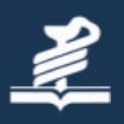
Jahrom University of Medical Sciences
-

Mesoamerican University
-

Istmo University
-
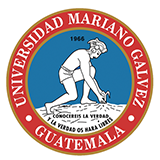
Mariano Galvez University of Guatemala
-
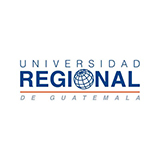
Regional University of Guatemala
-
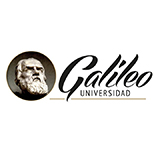
Galileo University
-
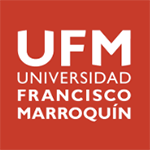
Francisco Marroquín University
-

Rafael Landívar University
-
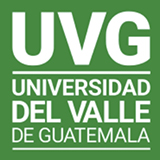
University of the Valley of Guatemala
-
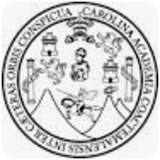
University of San Carlos of Guatemala
-

Technological Institute of Tlaxcala Plateau
-

Golfo University
-
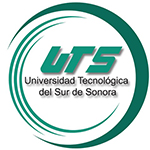
Technological University of South Sonora
-
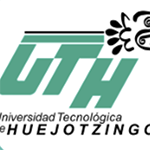
Technological University of Huejotzingo
-
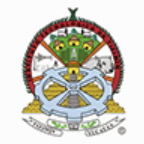
Tizimín Institute of Technology
-
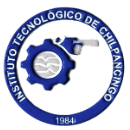
Chilpancingo Institute of Technology

